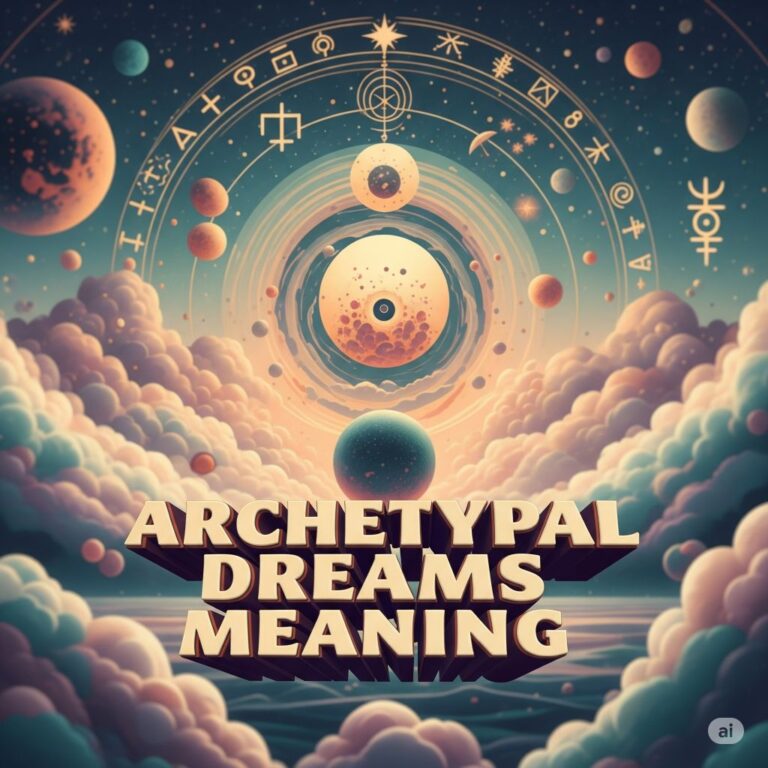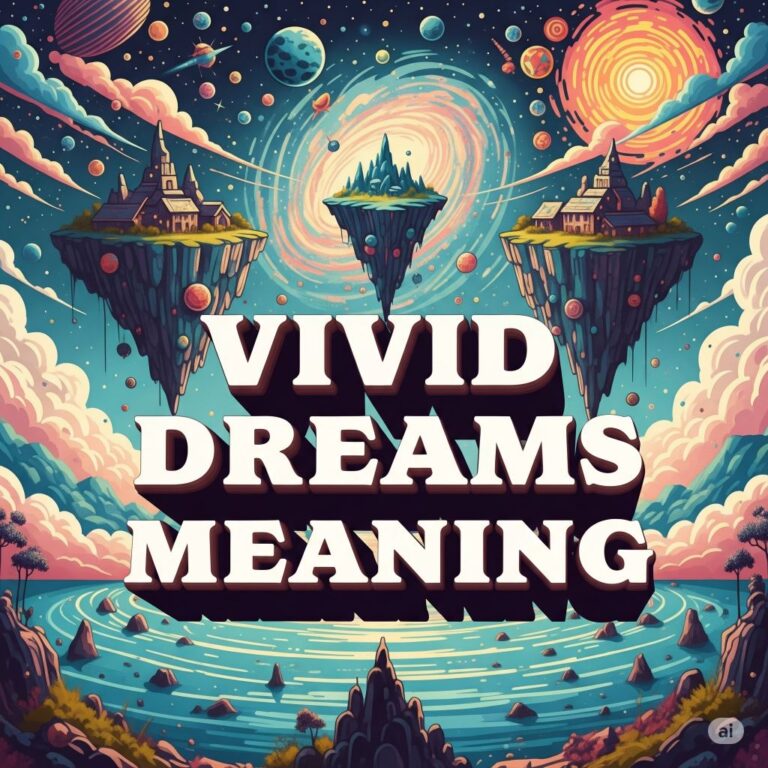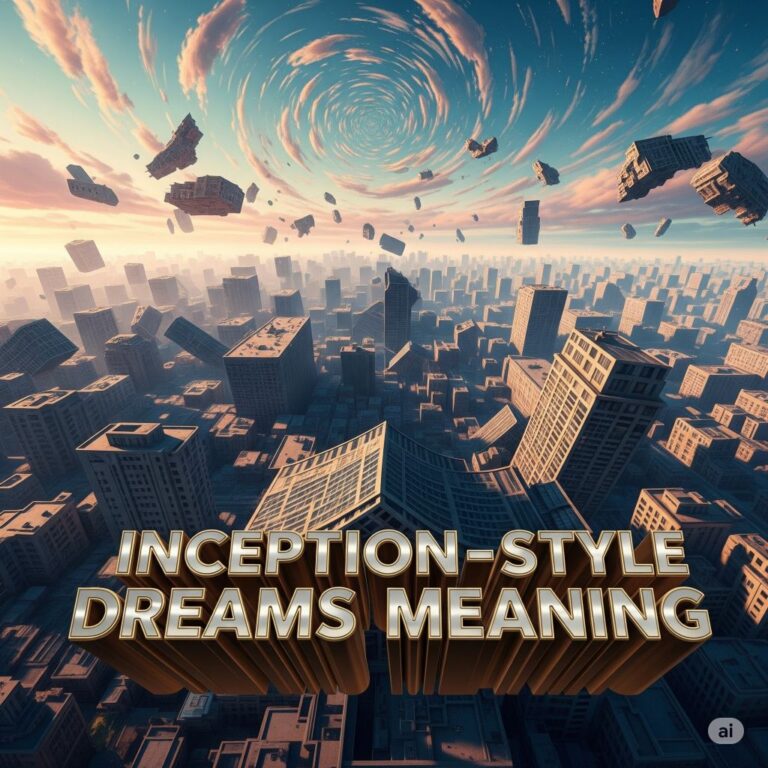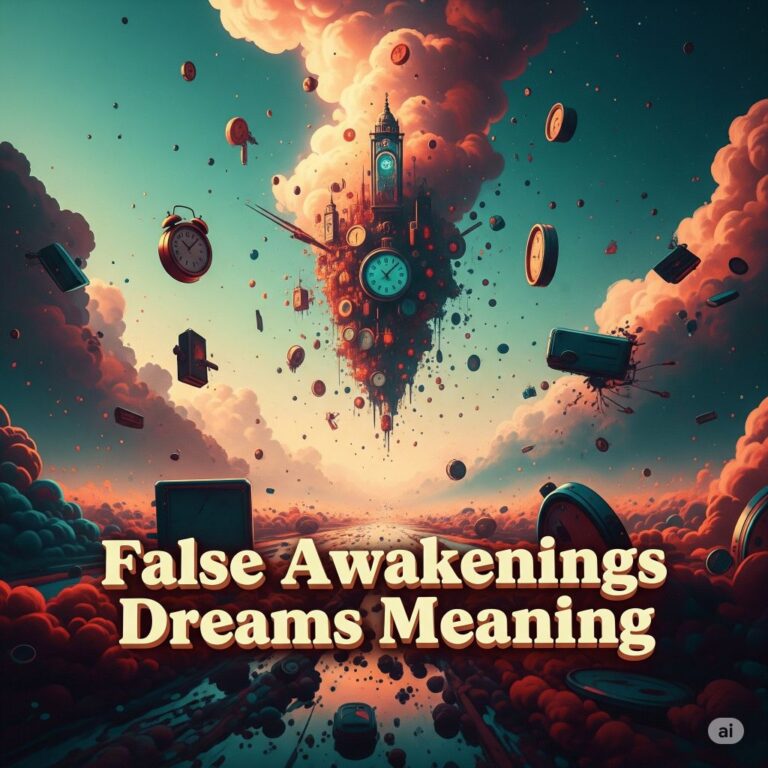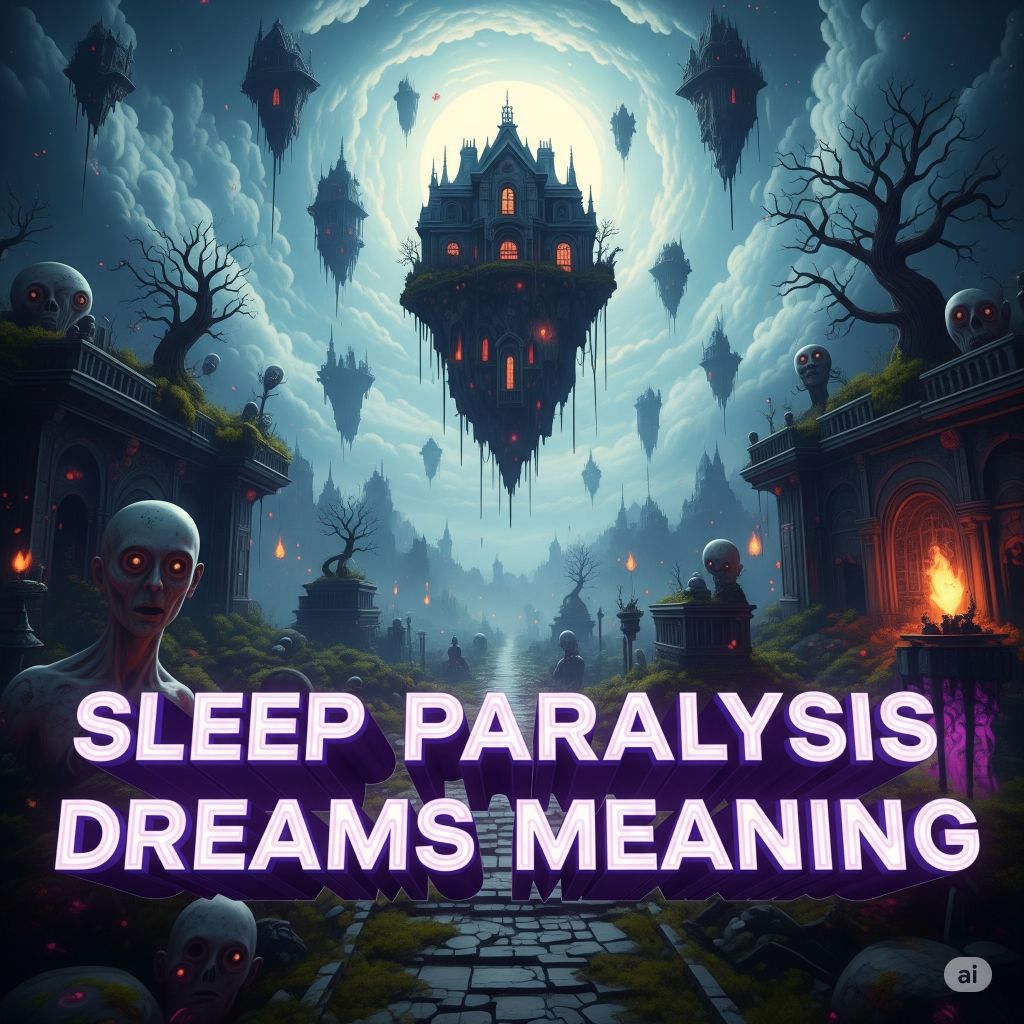
Here’s a comprehensive exploration of Sleep Paralysis—covering its definition, science, psychological meaning, cultural interpretations, spiritual beliefs, and practical advice.
What Is Sleep Paralysis?
Sleep paralysis is a phenomenon during which a person, upon falling asleep or waking up, temporarily finds themselves unable to move or speak, despite being conscious and often acutely aware of their surroundings. This episode can last anywhere from a few seconds to a couple of minutes. It is frequently accompanied by vivid and often frightening hallucinations, a sense of weight or pressure on the chest, and feelings of dread.
The Science Behind Sleep Paralysis
When Does It Occur?
- Hypnagogic Sleep Paralysis: Happens just as you’re falling asleep.
- Hypnopompic Sleep Paralysis: Occurs as you’re waking up.
How Does It Happen?
- Normally, during REM (Rapid Eye Movement) sleep, your brain induces muscle atonia (paralysis) to keep your body from physically acting out your dreams.
- Sleep paralysis happens when your body remains in REM atonia as your mind wakes up, creating a mismatch: you’re aware but immobile.
Common Physical Sensations:
- Inability to move arms, legs, or entire body
- Unable to speak or call out
- Pressure on the chest or a feeling of suffocation
- Rapid heartbeat and shallow breathing
Psychological and Medical Perspectives
Who Experiences Sleep Paralysis?
- Nearly 7–8% of people globally experience sleep paralysis at least once
- Common in teenagers, shift workers, people with irregular sleep schedules, those with anxiety, narcolepsy, or sleep disorders
Triggers Include:
- Sleep deprivation and fatigue
- Irregular sleep patterns
- Stress and anxiety
- Sleeping on your back
- Certain medications or substance use
Is It Dangerous?
- Sleep paralysis itself is not harmful or dangerous.
- It can cause psychological distress, anxiety, and fear, especially if recurrent.
Hallucinations During Sleep Paralysis
Types of Hallucinations:
- Intruder hallucinations: Feeling a presence, seeing shadows, or sensing someone in the room.
- Incubus hallucinations: Sensation of pressure on the chest, choking, or being suffocated (sometimes interpreted as a “demon” sitting on one’s chest).
- Out-of-Body experiences: Sensations of floating, flying, or seeing oneself from above.
These hallucinations are due to the brain being semi-awake and dream mechanisms overlapping with conscious perception.
Cultural and Spiritual Interpretations
Sleep paralysis has been experienced throughout history and across cultures, giving rise to dramatic folklore and supernatural beliefs.
- “The Old Hag” (UK/Canada): A witch-like figure said to sit on the dreamer’s chest.
- “Kanashibari” (Japan): A spirit binds the sleeper, rendering them immobile.
- “Pisadeira” (Brazil): A crone who sits on people as they sleep.
- “Night-mare” (Scandinavia): An evil entity causing distress during sleep.
- West African/Caribbean (“the Devil Riding Your Back”): Interpreted as a demonic visitation.
In many cultures, these interpretations stem from the real, terrifying sensations and hallucinations experienced during sleep paralysis.
Spiritual and Paranormal Perspectives
- Some believe sleep paralysis is linked to astral projection, out-of-body experience (OBE), or spiritual encounters.
- Individuals may see it as a gateway to lucid dreaming or communication with other realms.
- Some paranormal traditions suggest it’s a psychic attack or spirit contact—though there is no scientific basis for this.
Psychological Meaning and Coping
Sleep paralysis can also reflect:
- Unresolved stress or anxiety
- Suppressed emotions
- Mental exhaustion
- An overactive imagination blending into sleep-wake transitions
If recurring, it may signal the need for:
- Stress management
- Improved sleep hygiene
- Addressing anxiety or sleep disorders with a professional
How to Prevent or Reduce Sleep Paralysis
- Prioritize Sleep Hygiene
- Maintain regular bed and wake times
- Ensure 7–9 hours of sleep nightly
- Manage Stress
- Relaxation routines (meditation, mindfulness, deep breathing)
- Reduce screen time before bed
- Optimize Sleep Environment
- Comfortable, dark, and cool room
- Remove distractions or electronic devices
- Monitor Sleep Position
- Try not to sleep on your back, as this position is linked to increased episodes
- Address Underlying Disorders
- Seek help if you have frequent sleep paralysis along with snoring, choking, or daytime sleepiness (could signal narcolepsy or sleep apnea)
What To Do During an Episode
- Stay Calm: Remember, it is not harmful and will pass quickly.
- Try to Move Small Muscles: Wiggle your fingers or toes or focus on moving your eyes to break the paralysis.
- Regulate Breathing: Slow, controlled breathing can reduce panic.
- Remind Yourself It’s Temporary: Telling yourself it’s a natural phenomenon can dispel fear.
Summary
Sleep paralysis is a common, if unsettling, phenomenon where the mind and body are out of sync during transitions in and out of REM sleep. Characterized by immobility and often terrifying hallucinations, it is best understood through a lens of sleep science rather than supernatural fear. Those who experience it can usually reduce its frequency with better sleep hygiene and stress management. Culturally, sleep paralysis has inspired myths and legends across the globe, but today we know it as a benign—if mysterious—feature of the dreaming brain.
If sleep paralysis is frequent or distressing, don’t hesitate to talk to a healthcare professional or sleep specialist for help and reassurance.


